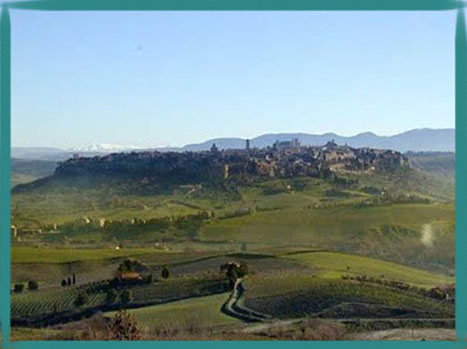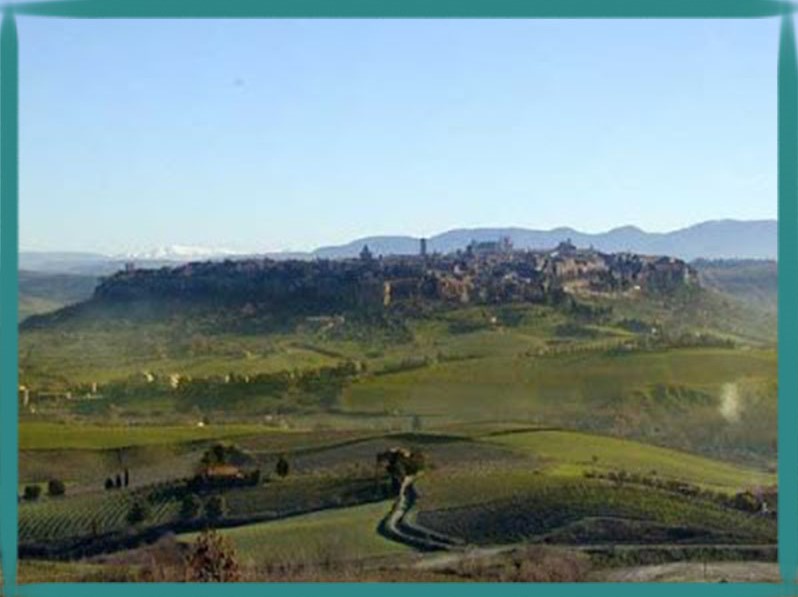
The city of Orvieto, practically impregnable in its isolated height, had a weak point: the water supply. To ensure this was to be dug a well in the soft Tuffa volcanic, work of which was commissioned by Antonio de sangalo "The young". He thought that the best method to extract the water would be to make two human chains, one ascending and another descending, that would pass the full or empty cubes according to the case. The formalization of this program is the elegant figure described, of enormous dimensions to be a well. It was never used for the intended purpose, although the pilgrims to Rome or the foreign travellers of the Grand Tour often visited it as a curiosity. The Well of St. Patrick, at a time that is huge and simple, useless and practical, turns out to be an excellent summary of the Renaissance spirit.
The construction of the well began in 1527 of the hand of Antonio da Sangalo and, although 3 years later Charles V and Clement VII had been reconciled, the excavation of the well continued until, almost 10 years after its beginning, it reached the water , by then Clement had already died, Paul III took his place and the reason why the well was built was quite distant.
San Patrick's well
HISTORY











